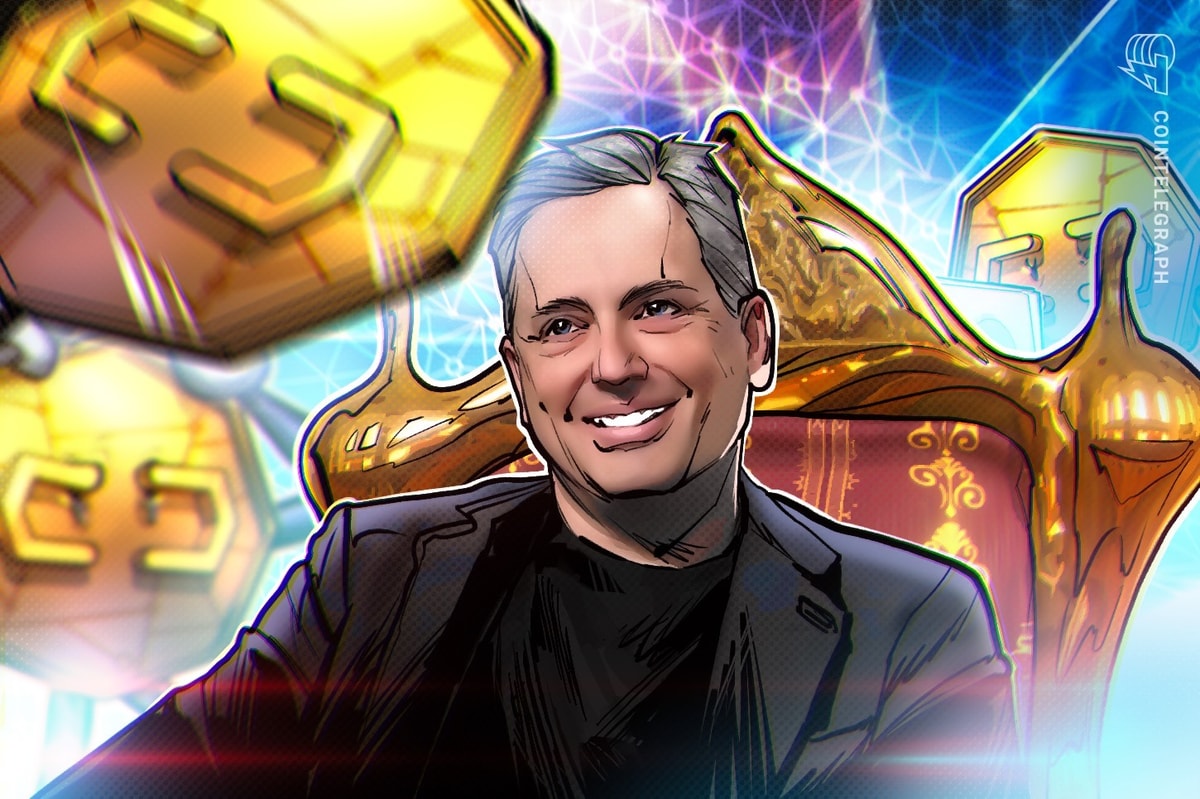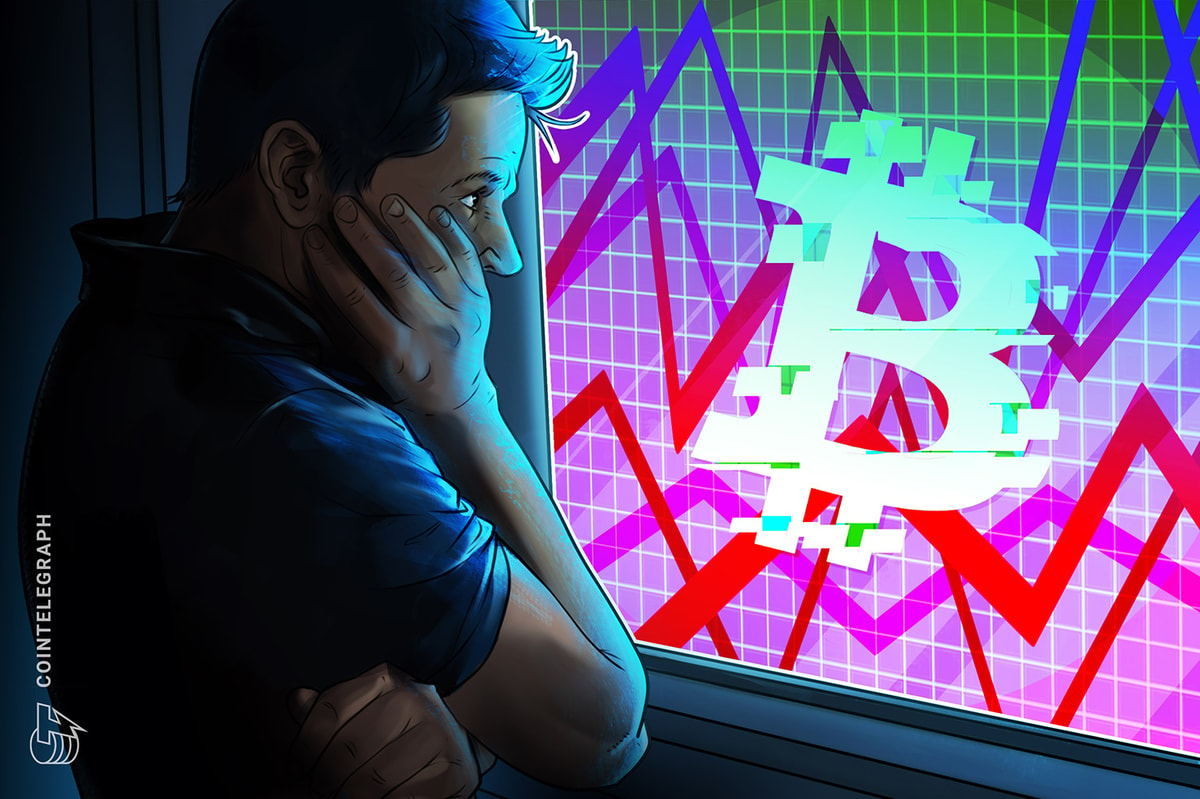What experts expect for the economy in the second half
3 min read
The Federal Reserve is close to the end of its hiking cycle, inflation will slow, and recession is likely, analysts said in their second half forecasts.
Wells Fargo Investment Institute expects the fed funds rate to rise another 25 basis points from the current 5%-5.25% range, before 2024 cuts bring the rate down to a 3.75%-4% range at the end of next year.
By contrast, the Federal Open Market Committee’s Summary of Economic Projections a rate between 4.25% and 4.50% at the end of 2024.
“We expect inflation to be coming down and we expect to be in recession and the Fed is going to need to move policy out of restricted territory,” said WFII head of Global Fixed Income Strategy Brian Rehling at its 2023 Midyear Outlook event, when asked why they expect so many cuts next year.
“Without those cuts, it would be extremely difficult for the economy to return to growth mode, assuming that inflation does become a well behaved as our expectations,” he added.
Darrell Cronk, CIO of WFII Wealth & Investment Management, noted the Fed “tightened 500 basis points over the last, let’s call it basically 18 months, so taking 150 off the table or 275 … isn’t really that big.”
Ned Davis Research Chief Global Macro Strategist Joe Kalish said he expects “recession late this year or more likely early next year.”
But even if a recession doesn’t materialize, he sees “a period of fairly sluggish below trend growth for several quarters.”
J.P. Morgan also sees a recession at some point, but not before the fourth quarter. “Our bias continues to be on recessions later, on rate paths for central banks higher, and ultimately more synchronized recession dynamics, and therefore, deeper in terms of the ultimate outcome once the expansion comes to an end,” according to Bruce Kasman J.P. Morgan Global Research’s chief global economist.
The risks to the outlook, he said, include “downside pressure on activity right now,” higher-than-expected inflation going forward, as well as something unforeseen.
With aggressive central bank moves and “substantial pressure points” resulting from that and inflation, Kasman said, “we could be missing something there that could turn out to be quite powerful and not within the contours of the business cycle dynamics.”
But Jay Barry, JPM co-head of U.S. rates strategy, said the tightening cycle is coming to a close, with just a July raise expected, before holding until the middle of 2024.
The economy will slow, and inflation will stay above target, he said.
Despite the stickiness of inflation, Michael DePalma, co-head of global fixed income, and senior portfolio manager at MacKay Shields, said, “developments still point to lower inflation by year-end. However, a tight labor market and resilient economy have made the Fed’s job more difficult and will remain so particularly if inflation expectations drift higher. However, we believe the Fed will be successful in reducing inflation and longer-term policy rates will re-normalize.”
And this should offer a “smoother path for munis in the second half of the year,” said Lawrence Gillum, chief fixed income strategist for LPL Financial. “Despite a slowing economy, fundamentals are still strong compared to history. And while tax revenues may have peaked, high cash balances and reserves should allow most issuers to adapt to an economic slowdown.”
A recession has been expected for over a year but hasn’t materialized. David Kelly, chief global strategist at JPMorgan Asset Management, said several factors have pushed it off. “There is no real excess in the cyclical sectors of the economy,” he noted, but more importantly, “is an extraordinary excess demand for labor,” allowing the labor market to remain strong despite a slowing economy.
Yet threats exist. “Consumer spending is still excessive relative to disposable income and this problem will worsen with the resumption of student loan repayments in the fall,” Kelly said. “Fiscal policy is tightening, following the passage of the debt-ceiling agreement and the Fed’s aggressive monetary tightening is acting as a drag on business spending.”







